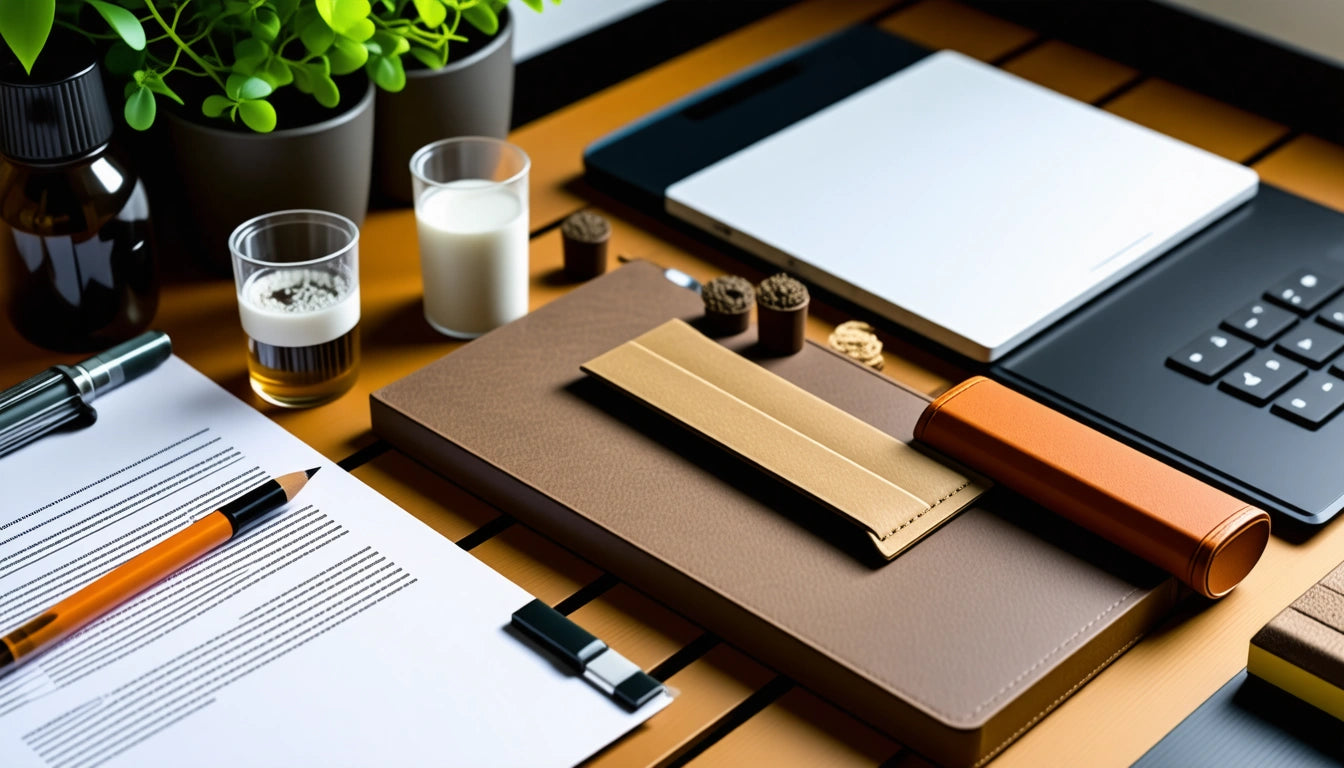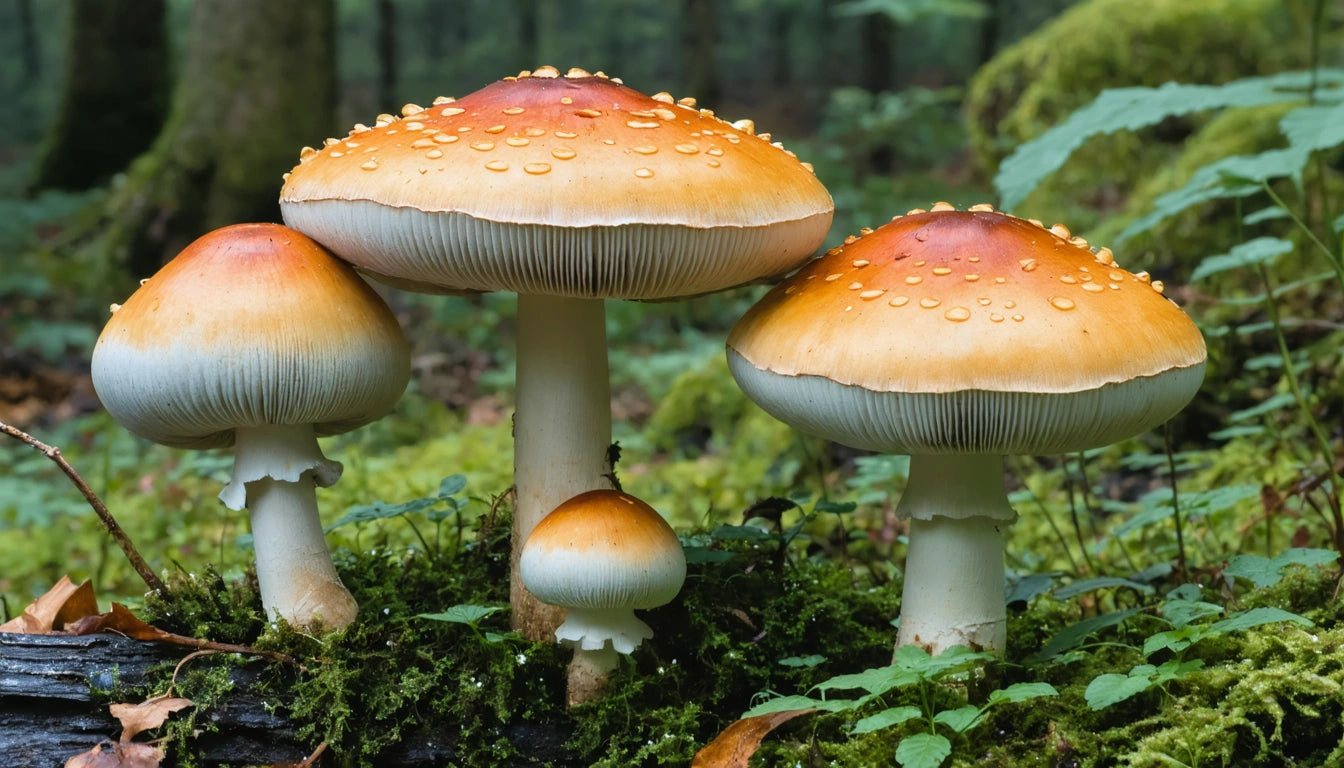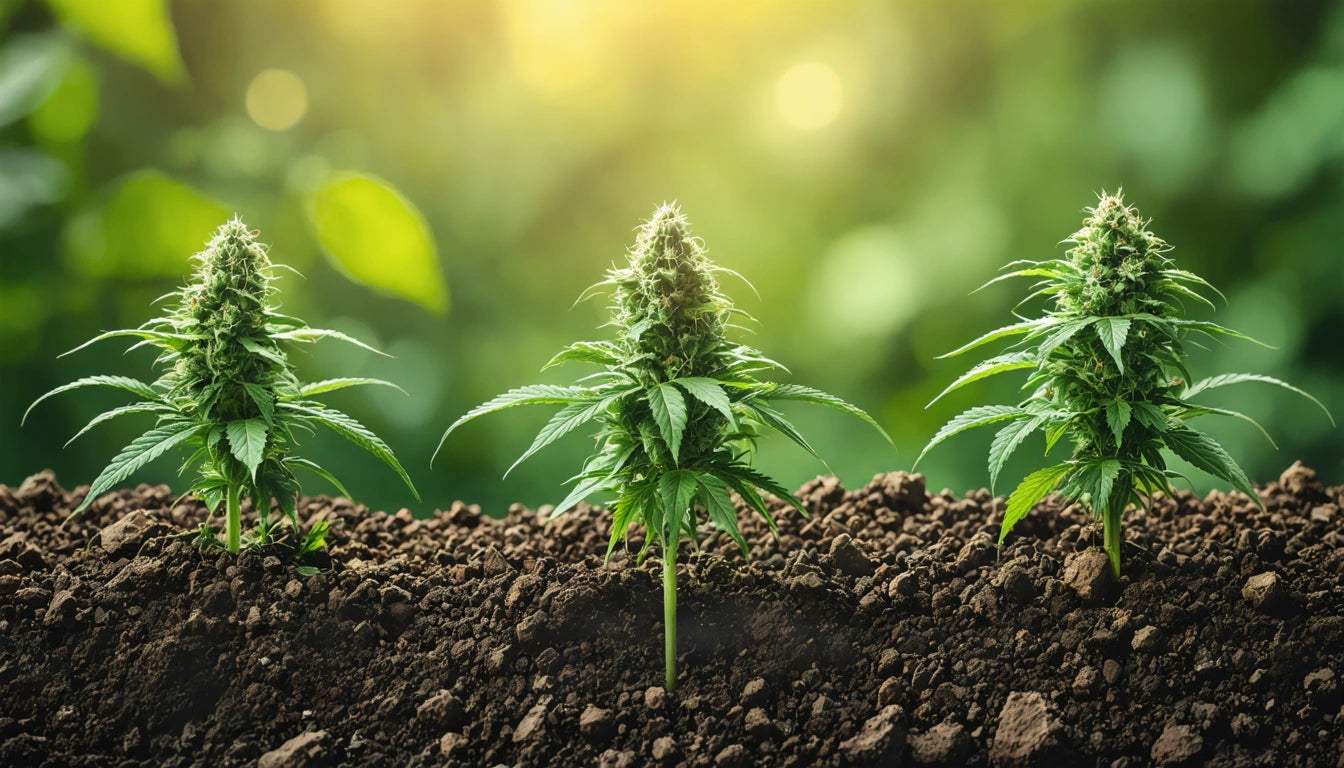Table of Contents
- Understanding Dab Temperatures: Why They Matter
- Temperature Ranges for Different Dabbing Experiences
- Concentrate-Specific Temperature Recommendations
- Equipment Considerations for Temperature Control
- Techniques for Achieving the Perfect Temperature
- Common Temperature Mistakes to Avoid
- The Future of Temperature Control in Concentrate Consumption
Optimal Dab Temperatures: A Comprehensive Guide for the Best Experience
Finding the best temperature for dabs can transform your concentrate experience from harsh and wasteful to flavorful and efficient. Temperature control is perhaps the most critical factor in dabbing, affecting everything from flavor profile and potency to the smoothness of your hit and the longevity of your product.
Understanding Dab Temperatures: Why They Matter
Temperature directly influences which compounds are activated in your concentrate. Different cannabinoids and terpenes vaporize at varying temperature points, creating distinct effects and flavors. As explained in this guide on understanding dabs, the consumption method has evolved significantly, with temperature control becoming increasingly sophisticated.
When concentrates are heated too high, the delicate terpenes that provide flavor and therapeutic benefits burn away. Conversely, temperatures that are too low may not fully activate certain cannabinoids, resulting in wasted product and diminished effects.
Temperature Ranges for Different Dabbing Experiences
Low Temperature: 315-450 °F (157-232 °C)
Low-temperature dabs preserve terpenes and offer:
- Maximum flavor preservation
- Smoother, less irritating hits
- Reduced risk of combustion
- More efficient use of concentrate
For beginners or flavor enthusiasts, starting with cold start dabbing can be an excellent introduction to low-temp techniques.
Medium Temperature: 450-600 °F (232-315 °C)
This range offers a balance between flavor and potency:
- Good terpene preservation
- Stronger vapor production
- More pronounced effects
- Less residual concentrate
High Temperature: 600-700 °F (315-371 °C)
High-temp dabs deliver:
- Maximum vapor production
- Intense, immediate effects
- Complete vaporization of concentrate
- Reduced flavor quality
Concentrate-Specific Temperature Recommendations
Different consistencies require specific temperature approaches:
Shatter and Pull-and-Snap: 350-400 °F (177-204 °C)
These stable concentrates vaporize efficiently at moderate temperatures. When properly stored in high-quality storage containers like mylar bags, these concentrates maintain their consistency and can be dabbed at consistent temperatures for predictable results.
Budder, Badder, and Wax: 325-375 °F (163-190 °C)
These softer concentrates contain more terpenes and benefit from lower temperatures to preserve their complex flavor profiles.
Live Resin and Sauce: 300-350 °F (149-177 °C)
These terpene-rich extracts should be dabbed at the lowest temperatures to maintain their distinctive aromatic properties and full-spectrum effects.
Sugar Wax: 325-375 °F (163-190 °C)
The best temp for sugar wax dabs falls in the lower-middle range, allowing its granular consistency to vaporize thoroughly while preserving its characteristic sweetness.
Equipment Considerations for Temperature Control
Your dabbing hardware significantly impacts temperature precision:
Traditional Torch and Nail
When using torches for dabbing, timing is crucial:
- Quartz bangers: Heat until glowing, then wait 45-60 seconds for low temp, 30-45 seconds for medium temp
- Titanium nails: Heat for 20-30 seconds, cool for 10-15 seconds
- Ceramic nails: Heat thoroughly (60+ seconds), cool for 60-90 seconds
E-nails and Smart Rigs
Electronic options offer precise temperature control:
- Digital temperature settings eliminate guesswork
- Consistent temperatures for repeatable experiences
- Temperature profiles for different concentrates
As explored in this safety guide for dabs, electronic options often provide safer alternatives to open flames.
Techniques for Achieving the Perfect Temperature
Timing Method
Without electronic monitoring:
- Use a stopwatch for consistent cooling times
- Observe the changing color of your nail or banger
- Test with a small amount of concentrate first
Temperature Devices
For precision dabbing:
- Infrared thermometers provide accurate surface readings
- Terpometer and similar contact devices offer direct measurement
- Smart carb caps with temperature indicators
Common Temperature Mistakes to Avoid
Even experienced users make these errors:
- Dabbing too hot (resulting in combustion rather than vaporization)
- Insufficient heating (creating waste and weak effects)
- Inconsistent heating patterns
- Neglecting to clean equipment (affecting temperature distribution)
For those also interested in flower vaporization, this guide on optimal vaporizing temperatures provides complementary information. The best temp for Volcano and similar devices follows similar principles of terpene preservation.
The Future of Temperature Control in Concentrate Consumption
The evolution of dabbing technology continues to refine temperature control:
- AI-assisted temperature profiles based on concentrate analysis
- Mobile apps that track optimal temperatures for specific products
- Advanced materials that distribute heat more evenly
- Induction heating that eliminates direct contact with heating elements
As dabbing becomes more mainstream, the focus on precise temperature control reflects the growing sophistication of concentrate consumers seeking to maximize both flavor and effects from their products.
By mastering temperature control, you'll not only enhance your dabbing experience but also extend the life of your concentrates and equipment. Whether you prefer the rich flavors of low-temperature dabs or the potent effects of higher temperatures, understanding the science behind the process allows you to customize each session to your preferences.











Leave a comment
All comments are moderated before being published.
This site is protected by hCaptcha and the hCaptcha Privacy Policy and Terms of Service apply.